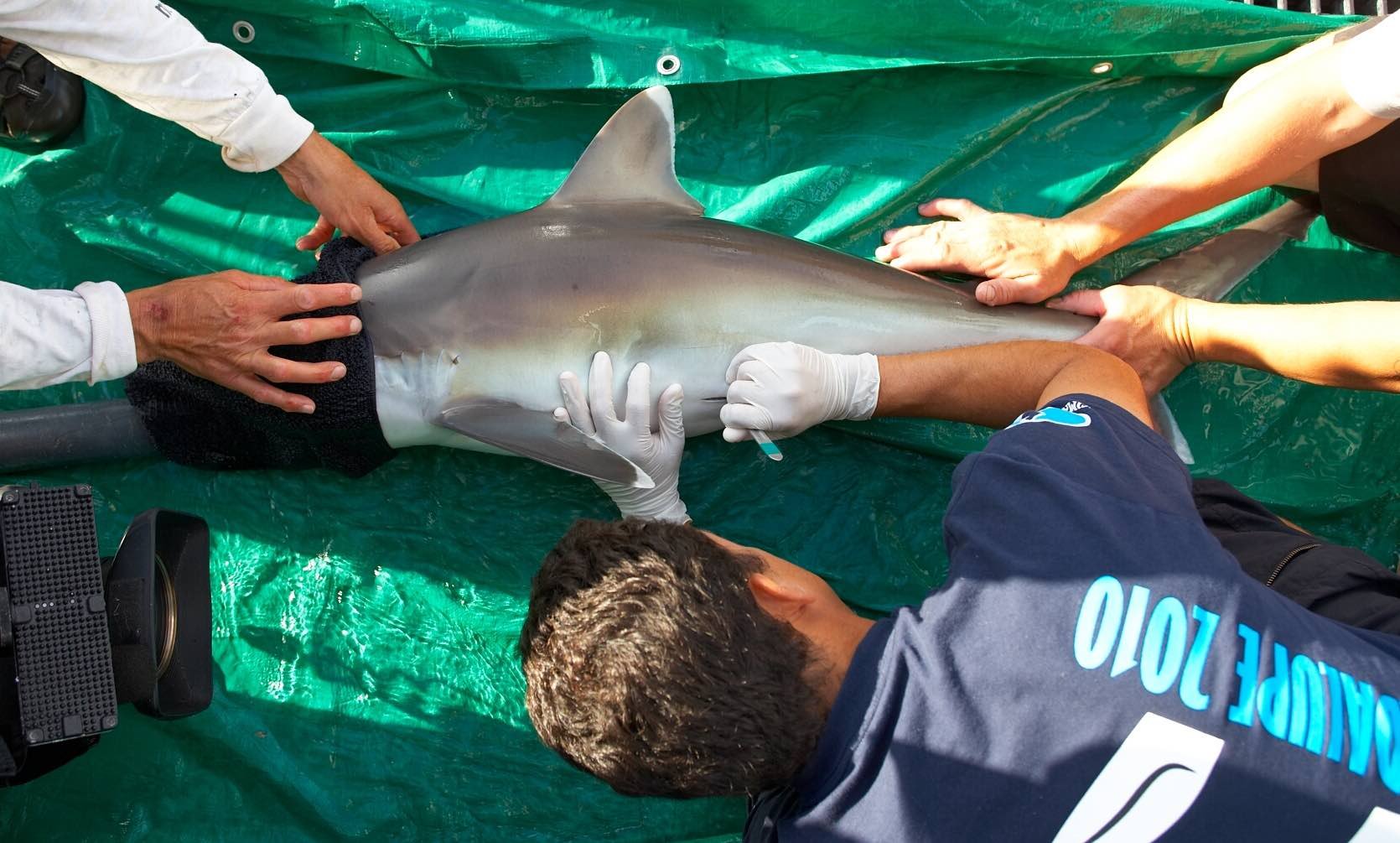A review of tonic immobility as an adaptive behavior in sharks
Photo credit: © Alex Hearn
A review of tonic immobility as an adaptive behavior in sharks
Abraham Miranda Páez | Edgar Mauricio Hoyos Padilla | A. Peter Klimley
Environmental Biology of Fishes, 106, 1455-1462 (2023)
DOI: https://doi.org/10.1007/s10641-023-01413-1
Abstract
Tonic immobility remains one of the least understood behaviors in nature. Despite this, the behavior has been described in a diversity of species across the animal kingdom. Tonic immobility has been observed in sharks and rays both in the laboratory and field. However, actual scientific studies of tonic immobility have been completed on only a few species of elasmobranchs. The behavior is frequently induced by handling an animal in a certain way rather than utilizing chemical anesthesia in order to assess body condition and implant electronic tracking devices. This behavior functions as (1) an innate defensive passive response against a predatory attack, (2) a component of courtship and copulation, and (3) a protective mechanism limiting the effect of overwhelming sensory stimulation. We present a review of the behavioral, physiological, and neurological processes that result in tonic immobility in sharks, and compare this information to the processes of tonic immobility that are better understood in mammals.
Keywords: Sharks, Behavior, Analgesia, Midbrain, Periaqueductal gray

